Spreading Bug Bites: When to Seek Medical Attention and Potential Complications
How to identify infected bug bites. What are the most common infections from insect bites. When should you see a doctor for a bug bite. What are the potential complications of untreated insect bites.
Recognizing Infected Bug Bites: Key Symptoms to Watch For
While most insect bites are harmless and resolve on their own, some can become infected and require medical attention. Identifying the signs of an infected bug bite is crucial for timely treatment and prevention of complications.
Common symptoms of infected bug bites include:
- Extensive redness around the bite area
- Swelling that persists or worsens
- Presence of pus or discharge
- Increasing pain or tenderness
- Fever or chills
- Warmth radiating from the bite site
- A red line extending from the bite
- Formation of sores or abscesses
- Swollen lymph nodes
Is scratching a bug bite harmful? While scratching may provide temporary relief, it can break the skin and introduce bacteria, potentially leading to infection. To minimize the risk, try applying a cold compress or using over-the-counter anti-itch creams instead of scratching.

Common Infections Resulting from Bug Bites
Several types of infections can develop from bug bites, ranging from mild to severe. Understanding these infections can help you recognize when medical intervention is necessary.
Impetigo
Impetigo is a highly contagious skin infection that often affects children but can occur in adults as well. It manifests as red sores around the bite area that eventually rupture and form a yellowish crust. While usually not dangerous, untreated impetigo can lead to more serious conditions like cellulitis.
Cellulitis
Cellulitis is a bacterial infection of the skin and underlying tissues. It’s characterized by spreading redness, fever, and swollen lymph nodes. Although not contagious, cellulitis requires prompt treatment with antibiotics to prevent potentially life-threatening complications such as sepsis.
Lymphangitis
Lymphangitis involves inflammation of the lymphatic vessels, presenting as red, tender streaks extending from the bite site. This condition can lead to more severe infections if left untreated, including skin abscesses and blood infections.

Lyme Disease
Transmitted by tick bites, Lyme disease is particularly prevalent in certain regions of the United States. Its symptoms include a characteristic bull’s-eye rash, fever, joint pain, and fatigue. Early diagnosis and treatment are crucial to prevent long-term complications affecting the joints, heart, and nervous system.
When to Seek Medical Attention for Bug Bites
While minor bug bites can often be managed at home, certain situations warrant immediate medical attention. You should consult a healthcare professional if:
- You develop signs of a systemic infection, such as fever above 100°F (37.7°C) or chills
- A child shows any signs of an infected bug bite
- Red streaks appear extending from the bite site
- Sores or abscesses form on or around the bite
- Pain intensifies over several days following the bite
- The infection persists after 48 hours of using an antibiotic ointment
- Redness continues to spread after 48 hours
How quickly should you seek medical attention for an infected bug bite? If you notice any of the above symptoms, it’s best to consult a healthcare provider within 24-48 hours to prevent potential complications.

Home Remedies for Infected Bug Bites
While medical treatment may be necessary for severe infections, there are several home remedies that can help alleviate symptoms and support the healing process:
- Clean the bite area thoroughly with soap and water
- Apply ice packs to reduce swelling and discomfort
- Use topical hydrocortisone cream to minimize itching and inflammation
- Apply calamine lotion for itch relief
- Take an over-the-counter antihistamine like Benadryl to reduce itching and swelling
- Keep the affected area covered to prevent further irritation
Can home remedies completely cure an infected bug bite? While these remedies can provide relief and support healing, they may not be sufficient for treating severe infections. It’s important to monitor the bite closely and seek medical attention if symptoms worsen or persist.
Medical Treatments for Infected Bug Bites
When home remedies prove insufficient, medical intervention becomes necessary. The most common medical treatment for infected bug bites is the prescription of antibiotics. These may be administered in various forms:

- Topical antibiotic ointments for minor infections
- Oral antibiotics for more severe or systemic infections
- Intravenous antibiotics for severe cases requiring hospitalization
In addition to antibiotics, healthcare providers may recommend other treatments such as:
- Stronger anti-inflammatory medications
- Pain management solutions
- Wound care techniques for severe cases
How long does it typically take for antibiotics to clear an infected bug bite? The duration of treatment can vary depending on the severity of the infection and the type of antibiotic prescribed. Generally, improvement should be noticeable within a few days, but it’s crucial to complete the entire course of antibiotics as directed by your healthcare provider.
Preventing Bug Bite Infections
While it’s not always possible to avoid bug bites entirely, there are several steps you can take to minimize your risk of infection:
- Use insect repellent when outdoors, especially in areas known for ticks or mosquitoes
- Wear long-sleeved shirts and pants in bug-prone areas
- Avoid scratching bites to prevent breaking the skin
- Clean any bites promptly with soap and water
- Apply an antiseptic cream to the bite area
- Check for ticks after spending time in wooded or grassy areas
- Keep your yard well-maintained to reduce insect populations
What is the most effective way to remove a tick? Use fine-tipped tweezers to grasp the tick as close to the skin’s surface as possible. Pull upward with steady, even pressure. After removal, clean the bite area and your hands thoroughly with rubbing alcohol or soap and water.
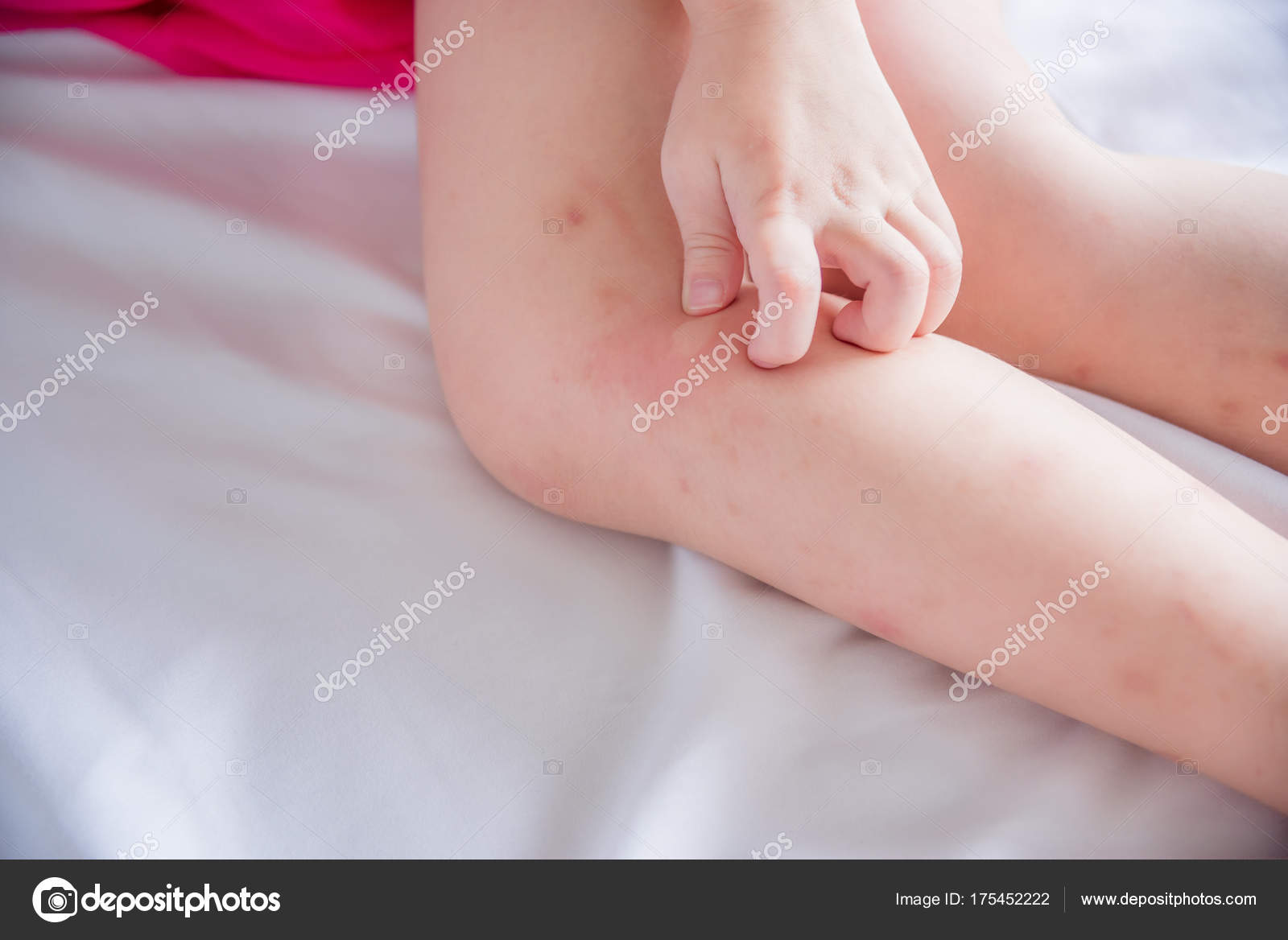
Potential Complications of Untreated Bug Bite Infections
Failing to properly treat infected bug bites can lead to serious complications. Some potential risks include:
- Sepsis: A life-threatening systemic infection that can occur if bacteria enter the bloodstream
- Abscess formation: Pockets of pus that may require surgical drainage
- Chronic skin conditions: Persistent inflammation or scarring of the affected area
- Spread of infection to nearby tissues or organs
- Long-term complications associated with specific diseases like Lyme disease
How quickly can a bug bite infection progress to sepsis? While the progression varies, severe infections can lead to sepsis within days if left untreated. This underscores the importance of prompt medical attention for concerning symptoms.
Special Considerations for High-Risk Individuals
Certain groups of people may be at higher risk for developing complications from infected bug bites and should exercise extra caution:
- Young children and infants
- Elderly individuals
- People with weakened immune systems
- Individuals with chronic health conditions such as diabetes
- Those with known allergies to insect bites or stings
If you fall into one of these high-risk categories, it’s advisable to consult with a healthcare provider promptly if you suspect an infected bug bite, even if symptoms seem mild.
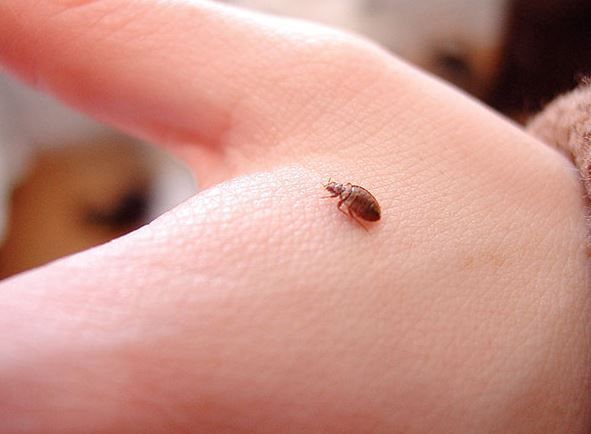
How does diabetes affect the healing of bug bites? Diabetes can impair circulation and immune function, potentially slowing the healing process and increasing the risk of infection. Diabetic individuals should monitor bug bites closely and seek medical attention if there are any signs of infection or delayed healing.
In conclusion, while most bug bites are harmless, it’s crucial to be vigilant for signs of infection and seek medical attention when necessary. By understanding the symptoms, risks, and appropriate treatments for infected bug bites, you can protect yourself and your loved ones from potential complications. Remember, early intervention is key in managing these infections effectively and preventing more serious health issues.
When to See a Doctor, Possible Complications
Infected bug bites may require a course of antibiotics. Seek urgent medical treatment if you develop red skin streaks, the bite area spreads, your pain worsens, or you develop symptoms of sepsis.
Bug bites can be annoying, but most are harmless, and you’ll just have a few days of itching. But some bug bites do need treatment, including:
- bites from poisonous insect
- bites that cause a serious condition like Lyme disease
- bites or stings from an insect to which you’re allergic
Read on to learn how to identify infected bug bites and how to treat them.
Most insect bites will be itchy and red for a few days. But if one gets infected, you might also have:
- a wide area of redness around the bite
- swelling around the bite
- pus
- increasing pain
- fever
- chills
- feeling of warmth around the bite
- long red line extending out from the bite
- sores or abscesses on or around the bite
- swollen glands (lymph nodes)
Bug bites can often cause a lot of itching. Scratching may make you feel better, but if you break the skin, you can transfer bacteria from your hand into the bite. This can lead to an infection.
Scratching may make you feel better, but if you break the skin, you can transfer bacteria from your hand into the bite. This can lead to an infection.
The most common infections of bug bites include:
Impetigo
Impetigo is a skin infection. It’s most common in infants and children, but adults can get it too. Impetigo is very contagious.
Impetigo causes red sores around the bite. Eventually, the sores rupture, ooze for a few days, and then form a yellowish crust. The sores may be mildly itchy and sore.
The sores may be mild and contained to one area, or more widespread. More severe impetigo may cause scarring. No matter the severity, impetigo is usually not dangerous and can be treated with antibiotics. However, untreated impetigo can cause cellulitis.
Cellulitis
Cellulitis is a bacterial infection of your skin and the surrounding tissue. It’s not contagious.
Symptoms of cellulitis include:
- redness that spreads from the bite
- fever
- swollen lymph nodes
- chills
- pus coming from the bite
Cellulitis can usually be treated with antibiotics. Untreated or severe cellulitis can cause sepsis, a life threatening complication of infection.
Untreated or severe cellulitis can cause sepsis, a life threatening complication of infection.
Lymphangitis
Lymphangitis is an inflammation of the lymphatic vessels, which connect lymph nodes and move lymph throughout your body. These vessels are part of your immune system.
Symptoms of lymphangitis include:
- red, irregular tender streaks that extend out from the bite, which may be warm to the touch
- enlarged lymph nodes
- fever
- headache
- chills
Lymphangitis can be treated with antibiotics. If it’s not treated, it can lead to other infections, such as:
- skin abscesses
- cellulitis
- blood infection
- sepsis, which is a life threatening systemic infection
Lyme disease
Lyme disease is an illness caused by a bacteria transmitted through tick bites. In the United States, Lyme disease is most common in the northeast, mid-Atlantic, and north-central states.
Symptoms of Lyme disease include:
- bull‘s-eye-shaped rash (not everyone who has Lyme disease gets this rash, but it’s characteristic of Lyme disease)
- fever
- headache
- joint pain
- muscle pain
- fatigue
Lyme disease is treated with antibiotics. It’s important to diagnose and treat Lyme disease early, so always check for ticks after being outdoors in areas where Lyme disease is common. Untreated illness can cause issues with your joints, heart, and nervous system.
It’s important to diagnose and treat Lyme disease early, so always check for ticks after being outdoors in areas where Lyme disease is common. Untreated illness can cause issues with your joints, heart, and nervous system.
You may be able to treat minor infections at home with over-the-counter (OTC) antibiotic ointments. But in many cases, you’ll need to go to the doctor for an infected bug bite or sting. You should see a doctor if:
- you have signs of a systemic infection, such as chills or a fever, especially if the fever is above 100°F (37.7°C)
- your child has any signs of an infected bug bite
- you have signs of lymphangitis, such as red streaks extending from the bite
- you develop sores or abscesses on or around the bite
- the pain on or around the bite gets worse over a few days after you’ve been bitten
- the infection doesn’t get better after using an antibiotic ointment for 48 hours
- redness spreads from the bite and gets bigger after 48 hours
In the beginning of an infection, you may be able to treat it at home. But if the infection gets worse, you may need medical treatment. Call a doctor if you’re not sure.
But if the infection gets worse, you may need medical treatment. Call a doctor if you’re not sure.
Home remedies
Most home remedies focus on treating the symptoms of an infection while you’re taking antibiotics. Try the following for relief:
- Clean the bite with soap and water.
- Keep the bite and any other infected areas covered.
- Use ice packs to reduce swelling.
- Use topical hydrocortisone ointment or cream to reduce itching and swelling.
- Use calamine lotion to relieve itching.
- Take an antihistamine like Benadryl to reduce itching and swelling.
Medical treatments
In many cases, an infected bug bite will need an antibiotic. You may be able to try OTC antibiotic ointments for minor bug bites without symptoms of severe infection, such as
- fever
- rapid worsening redness
- pain
If those don’t work, or your infection is severe, a doctor can prescribe a stronger topical antibiotic or oral antibiotics.
If abscesses develop because of the infection, you may need minor surgery to drain them. This is usually an outpatient procedure.
An infection is just one reason to see a doctor after an insect bite or sting. You should also see a doctor after a bite or sting if you:
- are stung or bitten in the mouth, nose, or throat
- have flu-like symptoms a few days after a tick or mosquito bite
- have a rash after a tick bite
- are bitten by a spider and have any of the following symptoms within 30 minutes to 8 hours:
- cramping
- fever
- nausea
- severe pain
- an ulcer at the site of the bite
Additionally, get emergency medical treatment if you have symptoms of anaphylaxis, an emergency condition caused by a severe allergic reaction.
Medical emergency
Anaphylaxis is a medical emergency. Call 911 or local emergency services and go to the nearest emergency room if you’ve been bitten by an insect and you have:
- hives and itching across your body
- trouble breathing
- trouble swallowing
- tightness in your chest or throat
- dizziness
- nausea or vomiting
- swollen face, mouth, or throat
- loss of consciousness
It can be hard to prevent bug bites if you spend time outside.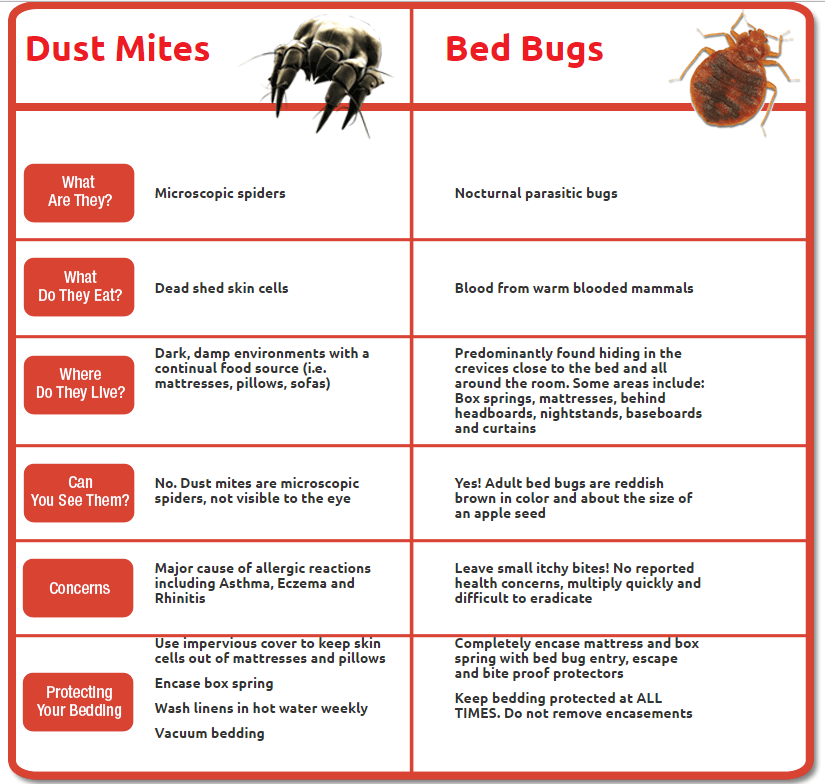 But there are some steps you can take to make it less likely that you get bitten:
But there are some steps you can take to make it less likely that you get bitten:
- Use insect repellent when you’re outside, especially repellents that contain DEET. Be sure to test them on a small patch of skin first to make sure they don’t irritate you.
- Avoid heavily scented perfume, cologne, soap, or shampoo.
- Wear long sleeves and pants whenever possible.
- Avoid going outside from dusk through dawn, which is when mosquitoes are most active.
- Stay away from standing water and humid but shady areas. These types of places attract mosquitoes.
- If insects come near you, stay calm and back away slowly. Don’t swat at them.
- Check your body for ticks after returning from tick-infested areas. Immediately remove any ticks that are found.
Scratching a bug bite may make you feel better, but it can also cause an infection if bacteria from your hand gets into the bite.
If you do get an infection, talk with a doctor about whether you need oral antibiotics or if OTC antibiotic ointment will help.
Insect Bite
Is this your child’s symptom?
- Bite from an insect (bug)
- Bees, mosquitoes, fire ants, ticks and spiders are not covered. See those care guides.
Symptoms of Insect Bites
- Insect bites usually cause a small red bump.
- Often, it looks like localized hives (one large one or several small ones).
- Sometimes, a small water blister occurs in the center of the bump. This is common in younger children.
- Itchy Insect Bites. Bites of mosquitoes, chiggers (harvest mites), fleas, and bedbugs usually cause itchy, red bumps.
- Painful Insect Bites. Bites of horseflies, deer flies, and gnats usually cause a painful, red bump. Fire ants, harvester ants, blister beetles, and centipedes also cause a painful, red bump. Within a few hours, fire ant bites can change to blisters or pimples.
Cause of Insect Bite Reaction
- The skin bumps are the body’s reaction to the insect’s saliva.

- While the bug is sucking blood, some of its secretions get mixed in.
Anaphylaxis With Insect Bites: Very Rare
- A severe life-threatening allergic reaction is called anaphylaxis.
- The main symptoms are difficulty breathing and swallowing starting within 2 hours of the sting. Onset usually is within 20 minutes.
- Anaphylaxis can occur with bee, yellow jacket, wasp, or fire ant stings. Anaphylactic reactions are very rare after other insect bites. Reason: other insects don’t have venom.
Problems Caused by Insect Bites
- Impetigo. A local bacterial infection. Gives sores, soft scabs and pus. Caused by scratching or picking at the bites. More common in itchy bites.
- Cellulitis. The bacterial infection spreads into the skin. Gives redness spreading out from the bite. The red area is painful to the touch.
- Lymphangitis. This is a bacterial infection that spreads up the lymph channels.
 Gives a red line that goes up the arm or leg. More serious because the infection can get into the bloodstream. (This is called sepsis.)
Gives a red line that goes up the arm or leg. More serious because the infection can get into the bloodstream. (This is called sepsis.)
When to Call for Insect Bite
Call 911 Now
- Past life-threatening allergic reaction to same insect bite (not just hives) and bitten less than 2 hours ago
- Trouble breathing or wheezing
- Hoarse voice, cough, or tightness in the throat or chest
- Trouble swallowing, drooling or slurred speech
- Hard to wake up
- Acts or talks confused
- You think your child has a life-threatening emergency
Call Doctor or Seek Care Now
- Hives or swelling all over the body
- More than 20 fire ant stings in a child less than 1 year old
- Fever and bite looks infected (spreading redness)
- Your child looks or acts very sick
- You think your child needs to be seen, and the problem is urgent
Contact Doctor Within 24 Hours
- Severe pain and not better 2 hours after taking pain medicine
- New redness around the bite starts more than 24 hours after the bite
- More than 48 hours since the bite and redness gets larger
- Redness or red streak around the bite gets larger than 1 inch (2.
 5 cm)
5 cm) - You think your child needs to be seen, but the problem is not urgent
Contact Doctor During Office Hours
- Scab that looks infected (drains pus or gets bigger) not better with antibiotic ointment
- You have other questions or concerns
Self Care at Home
- Normal insect bite
- Questions about insect repellents (such as DEET)
Seattle Children’s Urgent Care Locations
If your child’s illness or injury is life-threatening, call 911.
-
Bellevue
-
Everett
-
Federal Way
-
Seattle
-
Virtual Urgent Care
Care Advice for Insect Bites
Treatment for Insect Bites
- What You Should Know About Insect Bites:
- Most insect bites cause a red bump.
 Some are larger (like a hive). Some have a small water blister in the center. These are normal reactions to an insect bite.
Some are larger (like a hive). Some have a small water blister in the center. These are normal reactions to an insect bite. - A large hive at the bite does not mean your child has an allergy.
- The redness does not mean the bite is infected.
- Here is some care advice that should help.
- Most insect bites cause a red bump.
- Itchy Insect Bite Treatment:
- Steroid Cream. To reduce the itching, use 1% hydrocortisone cream (such as Cortaid). No prescription is needed. Put it on 3 times a day until the itch is gone. If you don’t have, use a baking soda paste until you can get some.
- If neither is available, use ice in a wet washcloth for 20 minutes.
- Also, you can put firm, sharp, direct, steady pressure on the bite. Do this for 10 seconds to reduce the itch. A fingernail, pen cap, or other object can be used.
- Allergy Medicine for Itching. If itching becomes severe, give an allergy medicine, such as Benadryl.
 No prescription is needed. Age limit: 1 and older.
No prescription is needed. Age limit: 1 and older.
- Painful Insect Bite Treatment:
- Soak a cotton ball in a baking soda solution. Rub the bite with it for 15 to 20 minutes. Do this once. This will usually reduce the pain.
- You can also use an ice cube in a wet washcloth for 20 minutes.
- To help with the pain, give an acetaminophen product (such as Tylenol). Another choice is an ibuprofen product (such as Advil). Use as needed.
- For painful bites, allergy medicines don’t help.
- Antibiotic Ointment for Infected Bite:
- If the insect bite has a scab on it and the scab looks infected, use an antibiotic ointment. An example is Polysporin. No prescription is needed. Use 3 times per day. (Note: Usually impetigo is caused by scratching with dirty fingers).
- Cover the scab with a bandage (such as Band-Aid). This will help prevent scratching and spread.
- Wash the sore and use the antibiotic ointment 3 times per day.
 Cover it with a clean bandage each time. Do this until healed.
Cover it with a clean bandage each time. Do this until healed. - Caution: For spreading infections (redness or red streaks), your child needs to be seen.
- What to Expect:
- Most insect bites are itchy for several days.
- Any pinkness or redness usually lasts 3 days.
- The swelling may last 7 days.
- Insect bites of the upper face can cause severe swelling around the eye. This is harmless.
- The swelling is usually worse in the morning after lying down all night. It will improve after standing for a few hours.
- Call Your Doctor If:
- Severe pain lasts more than 2 hours after pain medicine
- Infected scab not better after 48 hours of antibiotic ointment
- Bite looks infected (spreading redness gets bigger after 48 hours)
- You think your child needs to be seen
- Your child becomes worse
Prevention of Insect Bites
- Prevention Tips:
- Wear long pants, a long-sleeved shirt and a hat.

- Avoid being outside when the bugs are most active. Many insects that cause itchy bites are most active at sunrise or sunset. Examples are chiggers, no-see-ums, and mosquitoes.
- Insect repellents that contain DEET are helpful in preventing many insect bites. Read the label carefully.
- Wear long pants, a long-sleeved shirt and a hat.
- DEET Products: Use on the Skin.
- DEET is a very effective bug repellent. It also repels ticks and other insects.
- US AGE limit: if less than 2 months old, avoid all DEET products (AAP).
- US: For children 2 months to 2 years old, use 10% DEET. After 2 years old, can use 30% DEET.
- Protection: 10% DEET protects for 2 hours. 30% DEET protects for 6 hours.
- Don’t put DEET on the hands if your child sucks on their thumb or fingers. (Reason: prevent swallowing DEET.)
- Warn older children who apply their own DEET to use less. A total of 3 or 4 drops can protect the whole body.

- Put it on exposed areas of skin. Do not use near the eyes or mouth. Do not use on skin that is covered by clothing. Don’t put DEET on sunburns or rashes. Reason: DEET can be easily absorbed in these areas.
- Wash it off with soap and water when your child comes indoors.
- Caution: DEET can damage clothing made of man-made fibers. It can also damage plastics (such as eye glasses) and leather. DEET can be used on cotton clothing.
- Permethrin Products: Use on Clothing.
- Products that contain permethrin (such as Duranon) work well to repel insects and ticks.
- Unlike DEET, these products are put on clothing instead of skin.
- Put it on shirt cuffs, pant cuffs, shoes and hats.
- You can also use it on other outdoor items (mosquito screens, sleeping bags).
- Do not put permethrin on the skin. Reason: Sweat changes it so it does not work.
- Picaridin Products:
- Picaridin is a repellent that is equal to 10% DEET.

- It can safely be put on skin or clothing.
- Picaridin is a repellent that is equal to 10% DEET.
And remember, contact your doctor if your child develops any of the ‘Call Your Doctor’ symptoms.
Disclaimer: this health information is for educational purposes only. You, the reader, assume full responsibility for how you choose to use it.
Last Reviewed: 07/12/2023
Last Revised: 12/30/2022
Copyright 2000-2023. Schmitt Pediatric Guidelines LLC.
how they look on the human body with a photo and how to treat them
Bedbugs are quite tenacious and dangerous insects. Scientists have long proven that these blood-sucking parasites can be carriers of various infections, including brucellosis, tularemia, Chagas disease and even hepatitis 1 . Also, approximately 80% of people have allergic reactions to bug bites 1 .
During the bite, the bug secretes an enzyme that prevents blood clotting, but you may not even feel the bite itself. This is due to the physiology of the creature: otherwise the bug runs the risk of being “caught”.
This is due to the physiology of the creature: otherwise the bug runs the risk of being “caught”.
There is a strong opinion that bed bugs, including bed bugs, can appear in conditions of uncleanliness, among numerous dirty and unwashed things, and this is partly true. One of the common reasons for the appearance of these harmful insects is migration from already infected apartments. Bedbugs (or their larvae) can come to your house on neighbors, on their clothes, books, household items and animal hair (for example, street). So, if you find a bed bug in your house, this does not necessarily mean that you do not care enough about the order in the house. 9Bed bugs we breed
What bedbug bites look like on the human body?
Almost immediately after a bug bite, blisters, redness and swelling appear on the skin, which are accompanied by itching, irritation, swelling.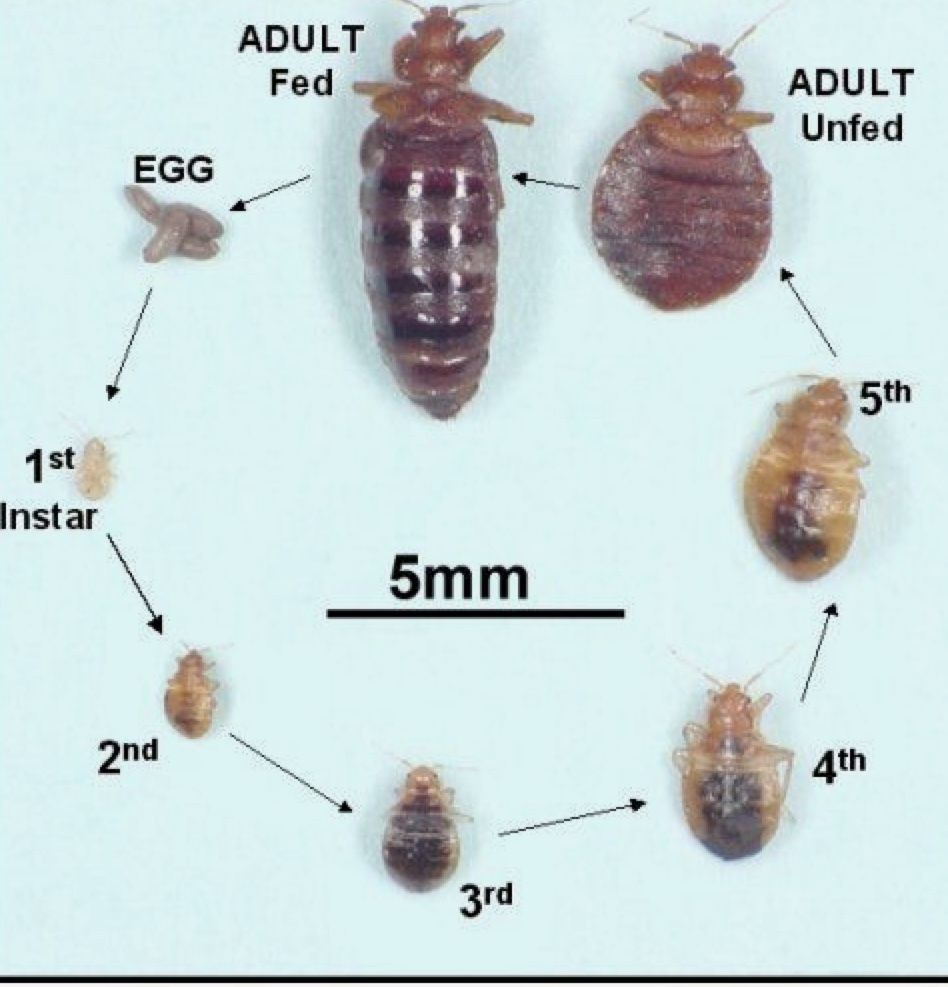 Most often, bites can be found on the legs, shoulders, back, neck – they look like dense red dots up to 1 mm in diameter, which form a “track” 3 .
Most often, bites can be found on the legs, shoulders, back, neck – they look like dense red dots up to 1 mm in diameter, which form a “track” 3 .
Photo: shutterstock.com
If scratched, bites can turn into large bright red and sometimes bleeding spots 3 . Also, traces of blood may remain on a person’s bed linen and clothing, coinciding with bite sites.
Bed bug bites. Photo: commons.wikimedia.org, Oliver Arend
How to treat bedbug bites
According to disinfectologist Nikolai Dubinin , bedbug bites are dangerous and painful, and also cause severe itching. To get rid of discomfort, you can apply something cold to the bite site, for example, ice. A compress with a solution of soda (about half a teaspoon per glass of water) is also suitable, or treat the bite site with an antihistamine cream or ointment, a special balm after bites 3 .
What are the consequences of bed bug bites?
Transmission of pathogens by bedbug bites is possible in theory in foci of infectious diseases, but in practice this has not yet been proven. Bed bug bites can be life-threatening and cause severe allergic reactions. After the bite, papules form, painful blisters that appear either immediately after the bite, or after 10-40 minutes. The severity of edema may increase, accompanied by severe itching and hyperemia.
Bed bug bites can be life-threatening and cause severe allergic reactions. After the bite, papules form, painful blisters that appear either immediately after the bite, or after 10-40 minutes. The severity of edema may increase, accompanied by severe itching and hyperemia.
Popular questions and answers
Sanitary doctor, epidemiologist, disinfectologist, pest control expert Nikolai Dubinin answers the most popular questions about bedbug bites.
Who is most often bitten by bed bugs?
– Period of parasite activity – night time. Most often, bed bugs bite people in bed, and turning on the light will not help to avoid bites. When given a choice, bed bugs choose tender skin that is easier to bite through, such as women and children 2 . However, this does not mean at all that bedbugs do not bite men. Bedbugs bite all people, regardless of gender and age.
Bed bugs also prefer drunk people. The fact is that under the influence of alcohol, the human body releases more sweat and hormones that attract attention and whet the appetite of insects.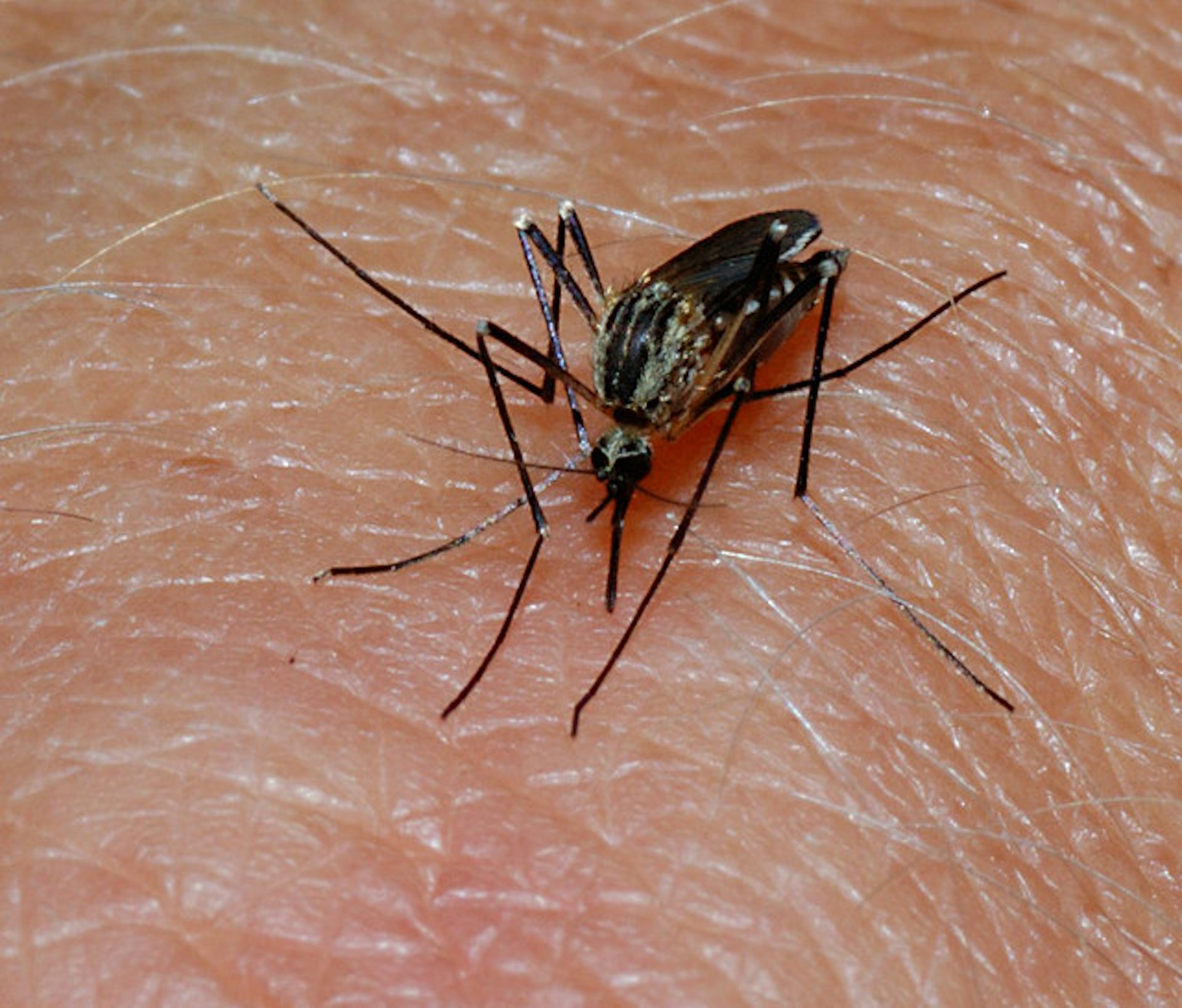
How many times does a bug bite a night?
– Bed bug bites are often called “breakfast, lunch and dinner” because they bite exactly three times. But there is more. If there is only one bite, most likely it was not an adult that bit, but a larva, which needs a smaller amount of blood to saturate.
Who doesn’t get bitten by bed bugs?
– Bed bugs choose a host with thinner and smoother skin, however, they bite absolutely all warm-blooded.
How to treat bed bug bites?
– Treatment after bedbug bites is prescribed depending on the clinical condition of the patient. Local allergic reactions can be treated on an outpatient basis, with the appointment of local or general therapy. The bite site is cooled, topical glucocorticosteroid agents are used, including combined ones, which contain an antibiotic and an antifungal agent. Such drugs help reduce itching, increase swelling and prevent the spread of infection.
How to protect yourself from bedbug bites?
– If you are a victim of bed bugs in your home, the best option to get rid of them once and for all is to have the entire room professionally disinfected. You need to disinfect the house, even if you find only one insect, because they multiply quite quickly. In addition, essential oils will help scare away bedbugs (they can be applied to the body before going to bed), perfume lotions with a pronounced aroma.
You need to disinfect the house, even if you find only one insect, because they multiply quite quickly. In addition, essential oils will help scare away bedbugs (they can be applied to the body before going to bed), perfume lotions with a pronounced aroma.
To prevent your home from becoming attractive to small parasites, it is recommended to regularly check furniture, mattresses, things for the presence of insects, monitor the condition of pets (especially those who are most often on the street), carry out regular wet cleaning in the house, be sure to move furniture, because you may not know about the presence of bedbug nests.
In addition, bedbugs do not like high temperatures (over 60°C), so upholstered furniture can be steamed regularly.
Sources:
- Roslavtseva SA Modern distribution of bed bugs in the world (literature review) // Hygiene and sanitation. 2020. №3. https://cyberleninka.ru/article/n/sovremennoe-rasprostranenie-postelnyh-klopov-v-mire-obzor-literatury
- Bed bugs.
 What to do if there are bed bugs in the apartment? Center for Hygiene and Epidemiology in the Republic of Bashkortostan. Article dated 12/24/2020.
What to do if there are bed bugs in the apartment? Center for Hygiene and Epidemiology in the Republic of Bashkortostan. Article dated 12/24/2020.
https://sesufa.ru/novosti/postelnye-klopy-chto-delat-esli-poyavilis-klopy-v-kvartire/?sphrase_id=19055 - Bed bug bites. Zarechnaya S.N. Dobrolov, article dated 18.07. 2021.
https://dobrolov.com/info/news/ukusy-postelnykh-klopov/
How to get rid of bedbugs and their bites: all means
Bedbugs in the house are an unpleasant phenomenon, but it is quite possible to deal with it. How to detect bedbugs in the house, what their bites look like, what means will definitely help get rid of bedbugs – RBC-Real Estate understands together with an expert
Photo: Shutterstock
Bed bugs are not a thing of the past. These parasites can appear in any apartment, and its social status is completely unimportant for bloodsuckers.
- How to understand that there are bugs at home
- How to detect bed bugs
- How to get rid of bed bugs
Experts in this article
- Maria Boyko, MD, gastroenterologist, therapist of the Semeynaya clinic network
- Petr Fisenko, Disinfector Specialist, Dez_Hunter Disinfection Service
adv.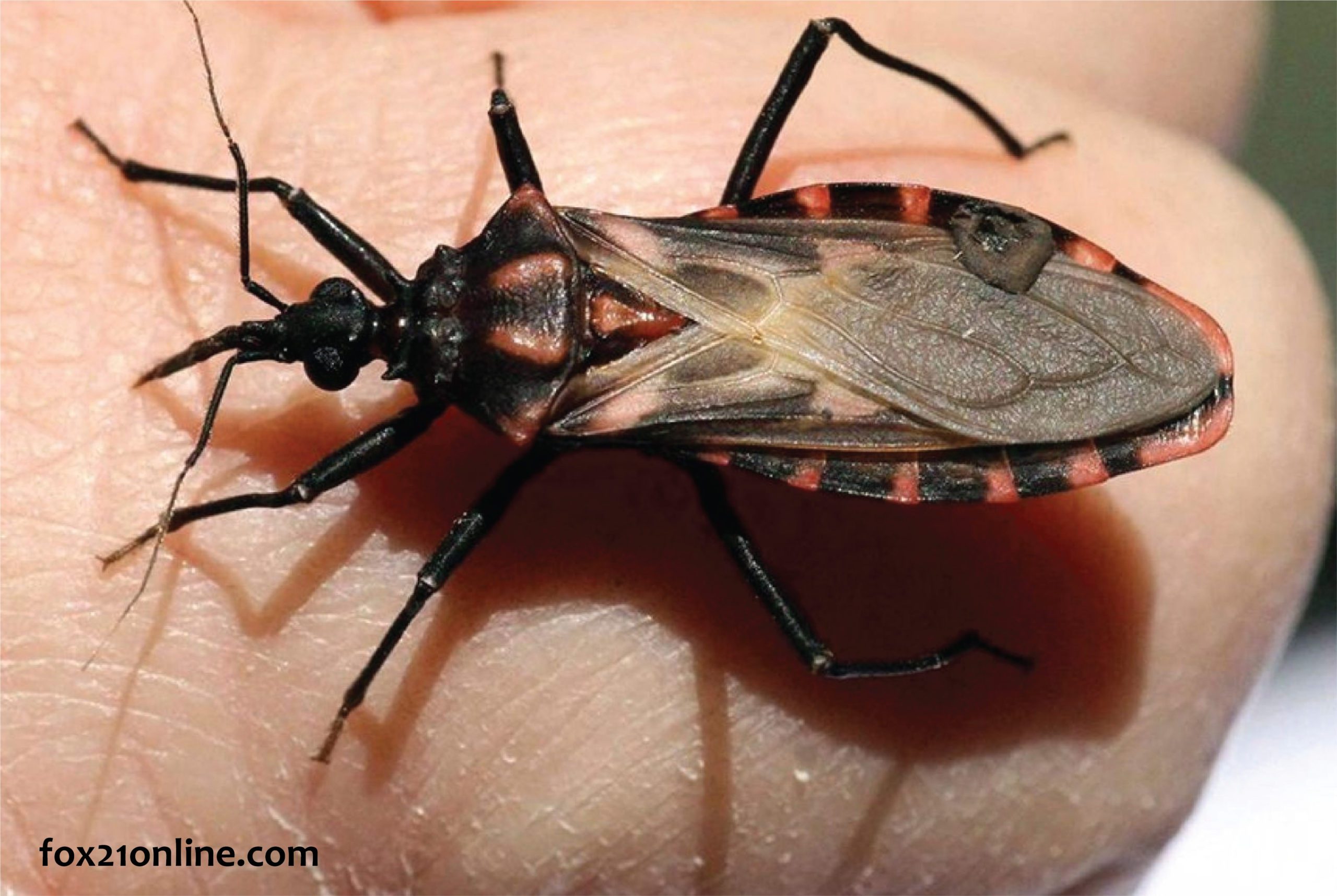 rbc.ru
rbc.ru
How to understand that there are bed bugs at home
Bed bug is a blood-sucking insect. About 0.5 cm in size, dark yellow or brown. The body is flattened – this shape helps in most cases not to be crushed, for example, when a person turns in a dream. A well-fed parasite is less mobile and more rounded. This nocturnal insect attacks during sleep, when the victim is as relaxed and defenseless as possible.
Manifestation of a bug bite – a blister of about 2-5 mm
(Photo: Casey Nye/Flickr.com)
They can appear for a variety of reasons. Cleanliness and constant hygiene of the premises, of course, reduce the risk of infection, but also not a panacea. An insect can be brought on shoes, building materials, from any crowded places.
Renting an apartment: what problems arise when renting a house
What bedbug bites look like
One of the first signs that bedbugs live in the house is the appearance of bites on the body. Since the insect moves along the body in the process of saturation, the wounds are located nearby, most often in a chain. One bloodsucker can put about three to five wounds.
Since the insect moves along the body in the process of saturation, the wounds are located nearby, most often in a chain. One bloodsucker can put about three to five wounds.
Insect bites can cause a severe allergic reaction: they become inflamed and enlarged, and sometimes the temperature may rise. However, in some people they do not appear at all. This does not mean that the bugs bite selectively, it’s just that the body does not always give out a reaction.
Maria Boyko, Candidate of Medical Sciences, gastroenterologist, therapist of the Semeynaya clinic chain:
— Bed bugs painlessly bite exposed skin at night and are rarely noticed by victims. Bites usually occur on the face, neck, and hands. Some people do not react, and the only sign of a bite is a small dot. It has been observed that they are less common in older people.
The classic manifestation of a bug bite is a blister about 2-5 mm, which is most often accompanied by itching. Some patients have asymptomatic purplish spots at the bite sites, which may also present as hives.
Some patients have asymptomatic purplish spots at the bite sites, which may also present as hives.
Skin reactions may occur on waking or a few days after bites. Usually bites disappear after a week.
If the bites become infected, see a doctor immediately. Treatment of such complications can take several weeks.
The causative agents of some diseases, such as hepatitis B virus, methicillin-resistant Staphylococcus aureus and others, have been found in bedbugs, but no clinical transmission of these diseases to humans has been identified.
It is believed that in an apartment infested with bed bugs, there is a smell that is compared with the aroma of nutmeg or cheap cognac. But with a small accumulation of these insects, it may not smell like anything.
How to detect bed bugs
- Check your bedding carefully. Bedbugs leave excrement – small black dots. You can also see tiny traces of blood after bites.
- Since these insects are active at night, they can be seen around four or five in the morning if the lights are turned on.
 It is during this period that they crawl out.
It is during this period that they crawl out. - Be sure to check the possible habitat of parasites. The bloodsucker tries to stay closer to the power source, so it most often hides in the seams of the mattress, sofa, upholstery – not far from the bed. But they can also hide in places where they are unlikely to be disturbed: in baseboards, cracks or behind pieces of peeled wallpaper, paintings, carpets.
- Even if the insects themselves are not visible, discarded chitin shells remain in their habitats.
Discarded chitin shells remain in their habitats
(Photo: Shutterstock)
How to get rid of bed bugs
The ideal temperature for bed bugs is +20–30 °С. Therefore, its significant change can kill them. But they are quite tenacious and in uncomfortable conditions are able to slow down life processes – fall into a state resembling suspended animation, without needing food for months.
1. Apply heat
A mark on the thermometer over 45 °C is fatal for bed bugs and their larvae [1]. Therefore, boiling or washing clothes at a high temperature for at least 30 minutes will help get rid of them. The higher the temperature, the sooner and more likely the insect will die.
Other items should be carefully treated with a steamer or iron. Heat guns will also help in cleansing the house of parasites.
In summer, you can pack your things in black bags and take them out into the sun.
But the death of bedbugs will come only in direct contact with heat, if during processing they hide deeper from the heat source, then the temperature increase will be non-fatal for him.
Ultraviolet rays are also harmful to these insects. Therefore, drying household items in the sun will also help.
2. Exposure to cold
Bed bugs can survive temperatures as low as -10°C for about three weeks [2]. To quickly destroy them, you need to lower the temperature: larvae and adult insects die at -16 ˚C in 82, and at -24 ˚C – in 24 hours./https/tf-cmsv2-smithsonianmag-media.s3.amazonaws.com/filer/9d/16/9d162986-37ed-448a-948d-dfcabff4bb3a/rp-nymphs-adult.jpeg) Things can be placed in the freezer or taken outside if it’s cold outside.
Things can be placed in the freezer or taken outside if it’s cold outside.
A significant change in temperature can kill bed bugs
(Photo: Shutterstock)
3. Use popular bedbug products
- Vinegar. He can help, but only if they flood the nest itself. It is mainly used for scaring. In the manufacture of home remedies for bedbugs, vinegar is mixed with ethyl alcohol and naphthalene.
- Turpentine. It can only be used on hard surfaces away from fire, as it is flammable. The smell of the substance is unpleasant and weathered for a long time. The product may leave stains.
- Ammonia diluted in water. Spray on surfaces. This should only be done with the windows open.
- Kerosene can also help control bed bugs. Paper or cloth moistened with a substance is placed on all points of the possible habitat of insects.

- Boric acid. The powder is scattered in places where parasites are located.
- If these methods did not help, then chemistry is indispensable. Bed bug aerosols and powders are available in almost all stores. The result from their use is about the same.
4. Disinfect from bedbugs
The most effective way is to contact a specialist. Before the arrival of the disinfector, prepare the apartment.
It is necessary to do a thorough wet cleaning, curtains, bed linen and clothes should be washed at a high temperature (at least 60 degrees). You also need to move the furniture away from the walls and cover all the equipment (so that the solution does not damage). You will also have to de-energize the wiring in order to be able to process the sockets. Remove dishes and food in advance.
To make a bed bug solution, you will need water, so you must not block access to it.
Petr Fisenko, Dez_Hunter Disinfection Specialist:
— Bed bugs can appear anywhere.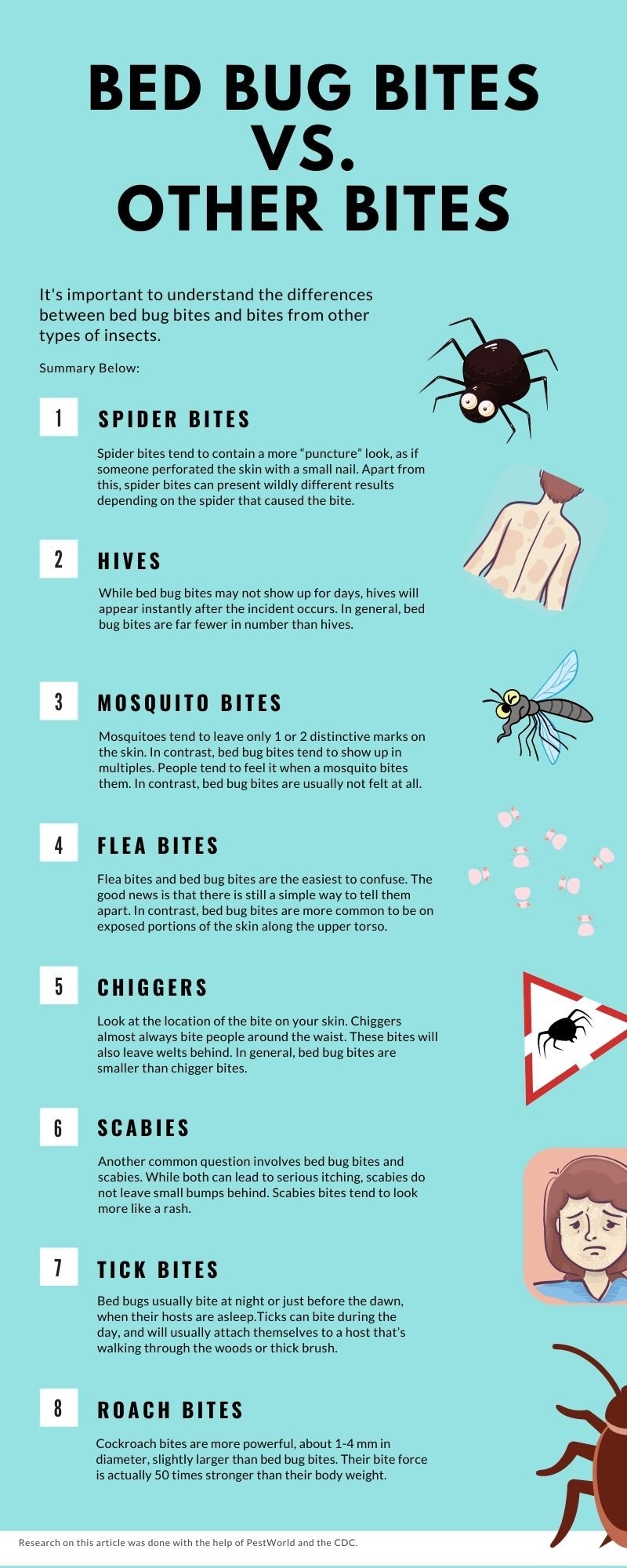 They live next to people. When there are a lot of them, part of the population remains to live where it was, and the rest go to neighbors through communications, ventilation holes, cracks.
They live next to people. When there are a lot of them, part of the population remains to live where it was, and the rest go to neighbors through communications, ventilation holes, cracks.
Do I need to apply to the management company? According to SanPiN, management companies must carry out disinfestation of basements and garbage chambers. But the apartment is the area of responsibility of the residents.
Many, having noticed bedbugs in the house, begin to fight with their own methods. For example, use lavender. But if we take into account the fact that resistance (the so-called immunity) to professional chemicals is growing in parasites every year, then, alas, the smell of lavender will not destroy them. But you can try to protect your home from migration from neighboring premises, since the smell of lavender has some deterrent effect for these parasites. For example, you can lay out bags of lavender in linen drawers and in baseboards along the walls adjacent to “suspicious” neighbors.
I also don’t recommend getting rid of bed bugs with products bought in ordinary stores. They do not act on the entire part of the population, because the active substances are diluted there in very small quantities. Only a specialist can maintain the correct concentration of the substance in order to kill all the bugs.
Folk methods, it seems to me, are completely irrelevant and do not help. If you notice bites, you need to contact a specialist.
Bedbugs are one of the most difficult parasitic insects to breed. First, they are not immediately visible to the naked eye. Secondly, they multiply very quickly and for a long time (more than a year) they can do without food (blood). Thirdly, they adapt very well to insecticides (chemical preparations). Several active ingredients have to be used.
If the apartment is heavily infested, spot disinfection is carried out. After two to three weeks, the procedure is repeated for prevention and can be carried out two to three times.


 Gives a red line that goes up the arm or leg. More serious because the infection can get into the bloodstream. (This is called sepsis.)
Gives a red line that goes up the arm or leg. More serious because the infection can get into the bloodstream. (This is called sepsis.) 5 cm)
5 cm) Some are larger (like a hive). Some have a small water blister in the center. These are normal reactions to an insect bite.
Some are larger (like a hive). Some have a small water blister in the center. These are normal reactions to an insect bite. No prescription is needed. Age limit: 1 and older.
No prescription is needed. Age limit: 1 and older. Cover it with a clean bandage each time. Do this until healed.
Cover it with a clean bandage each time. Do this until healed.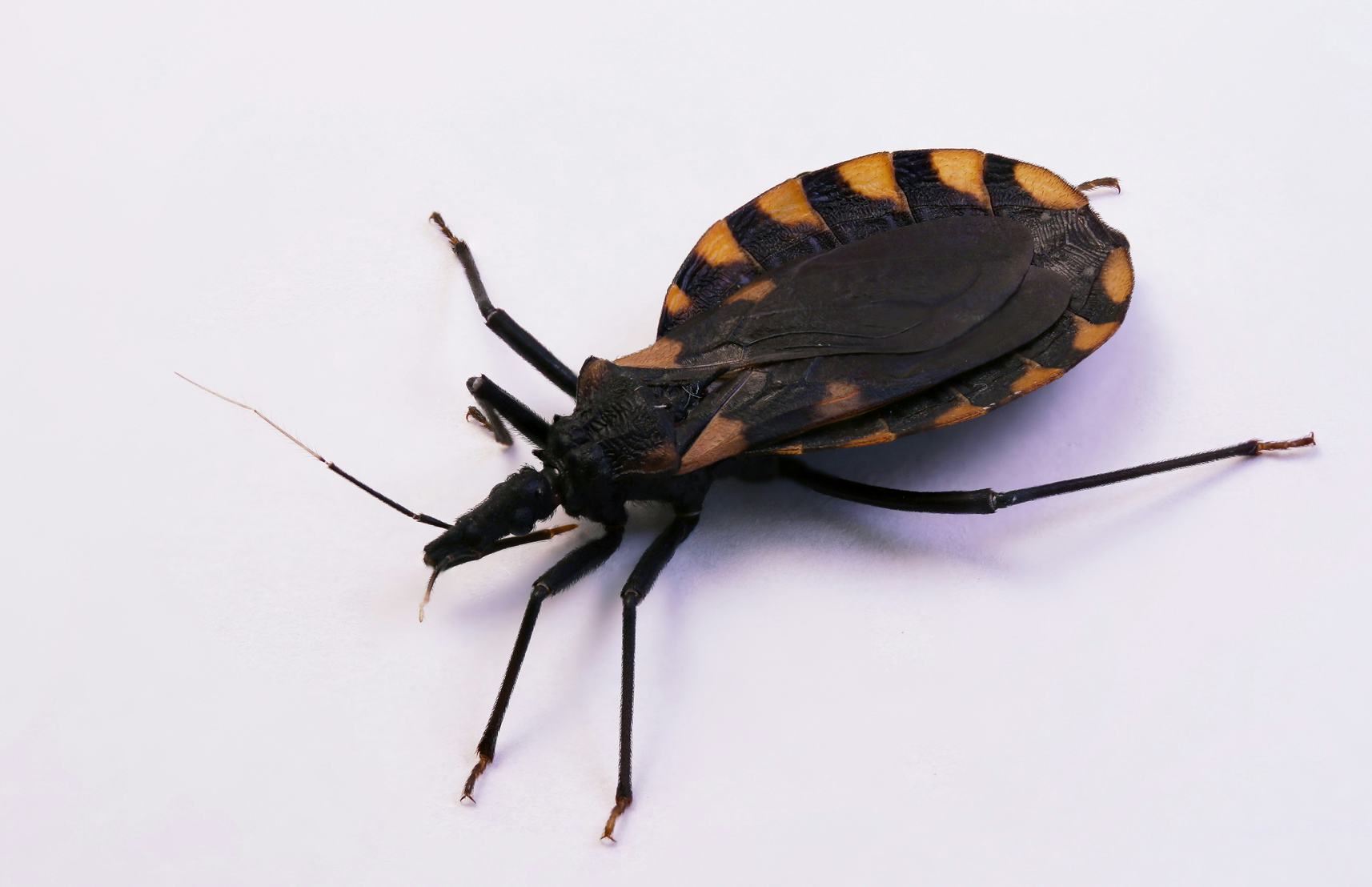

:max_bytes(150000):strip_icc()/how-do-i-know-which-kind-of-insect-i-was-stung-by-82828-5c4e3f1cc9e77c0001d7bae4.png)
 What to do if there are bed bugs in the apartment? Center for Hygiene and Epidemiology in the Republic of Bashkortostan. Article dated 12/24/2020.
What to do if there are bed bugs in the apartment? Center for Hygiene and Epidemiology in the Republic of Bashkortostan. Article dated 12/24/2020.  It is during this period that they crawl out.
It is during this period that they crawl out.